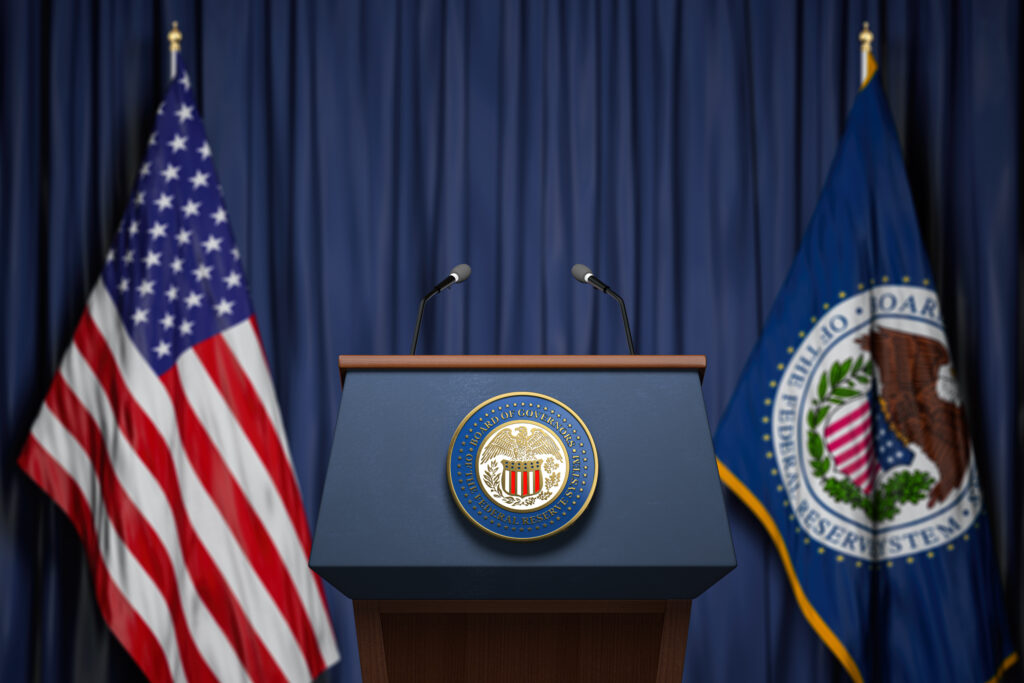Influencer
Pitch Like a Pro
Share
Journalists are friends. Not food. We all know this deep down, but sometimes must be reminded when we have an awesome new product or story and can’t help ourselves.
Get Our Best Insights
Updates delivered straight to your inbox







